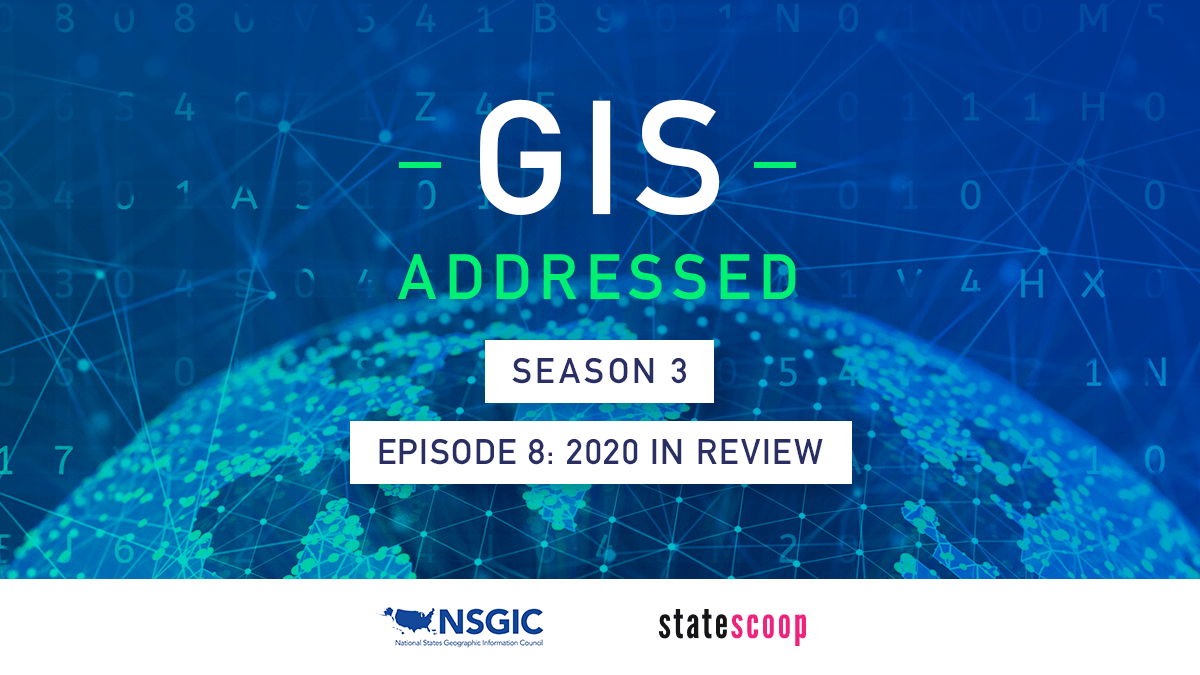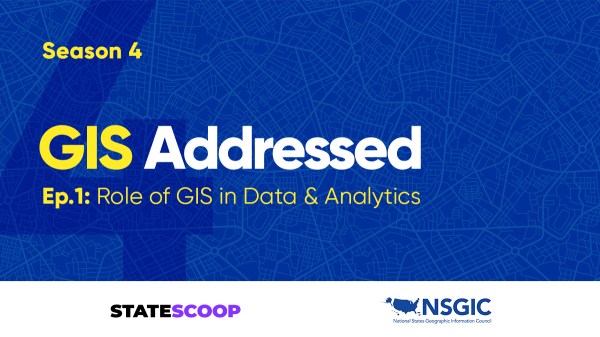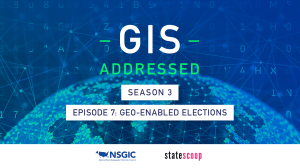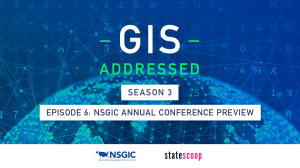
COVID-19 made geospatial leaders ‘front page news’
For state government leaders charged with using geographic information systems, the COVID-19 pandemic brought their work to the forefront in a way unlike ever before.
“It’s pretty clear that GIS has been front page news for almost a year now,” says Frank Winters, New York State’s geographic information officer. “Alone that has had an impact, and really, across the country, there’s this underlying sense that the whole geospatial community can take an even more impactful role.”
Winters, who serves as president of the National States Geographic Information Council, joined Wyoming enterprise GIS and data visualization coordinator Karen Rogers and Arizona deputy state cartographer Jenna Leveille on an episode of StateScoop’s GIS Addressed podcast, recapping 2020.
“I would say that COVID has given geospatial leaders an opportunity to work with unusual suspects, or people or industries that we had maybe not totally thought about collaborating with in the past,” Leveille says on the podcast. “Now that conversation is happening, and we’re talking about how we can work better together.”
An increased focus on GIS also means increased attention to IT modernization, Rogers says.
“The benefit that I saw in many of our agencies was that it finally pushed them to adopt a cloud infrastructure and cloud environment,” she says. “That’s a huge positive, and really enabled our workforce to be able to successfully do their jobs at home.”
The increased prominence of GIS and information technology in government as a result of the pandemic will be a boon to agencies considering emerging technologies, Winters says.
“Through NSGIC, we’re able to not just keep track of some emerging technology, but we’re able to influence it,” Winters says. “Change is a lot less scary when you are calling for it, and we have some role in driving that bus.”
On the podcast:
- Frank Winters, geographic information officer, New York
- Karen Rogers, enterprise GIS and data visualization coordinator, Wyoming
- Jenna Leveille, deputy state cartographer, Arizona
- Jake Williams, associate publisher and director of strategic initiatives, StateScoop
What to listen for:
- In most cases, GIS leaders were engaged in state emergency responses to COVID-19, Winters says.
- IT modernization and cloud migration will help improve GIS workflows, enabling them to have easier access to collaboration opportunities across government.
- The increased prominence of GIS as a result of the COVID-19 pandemic could offer opportunities to accelerate projects like a national address database, geo-enabled elections and next-generation 911.
- There are opportunities to align GIS and blockchain with land ownership data, Rogers says.
GIS Addressed is a podcast from StateScoop and the National States Geographic Information Council about the role of geographic information systems in government. Catch up by listening to Season 1 (2018) and Season 2 (2019).
Catch all of StateScoop’s podcasts on Soundcloud, Apple Podcasts, Spotify, Google Play, Stitcher or Alexa’s TuneIn.


